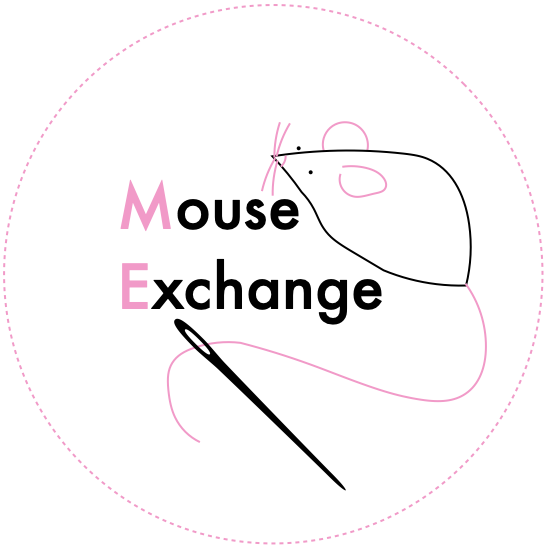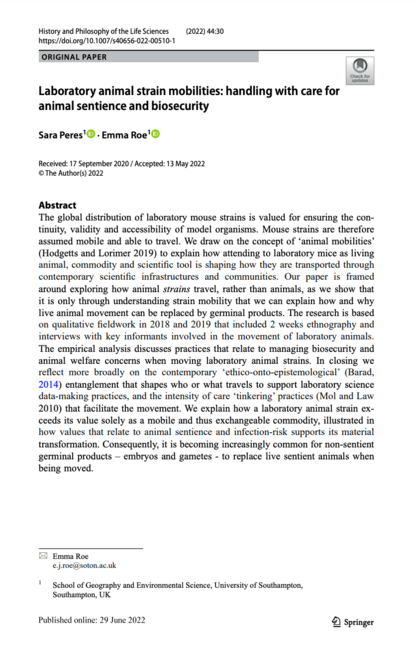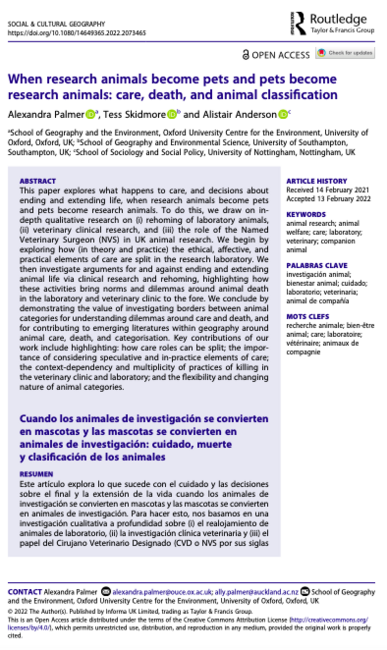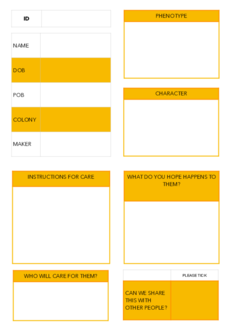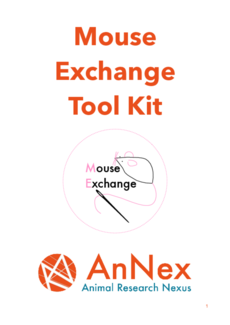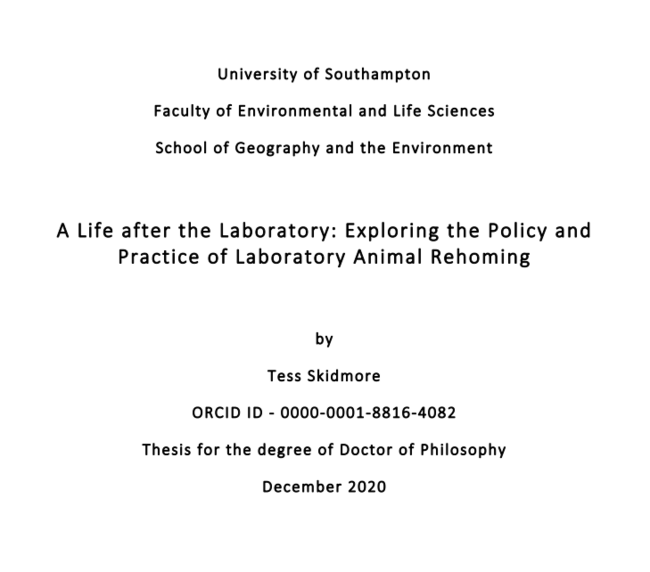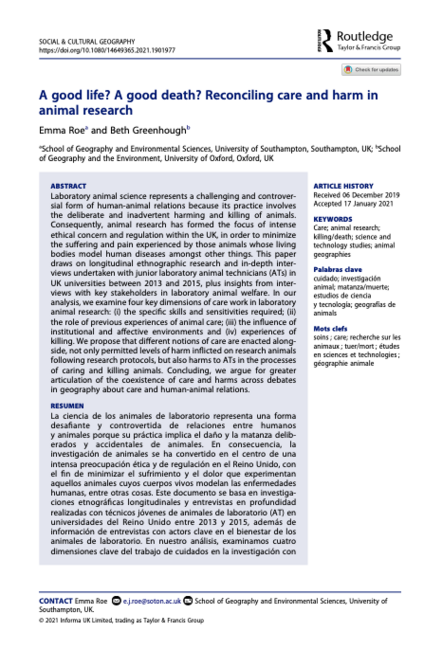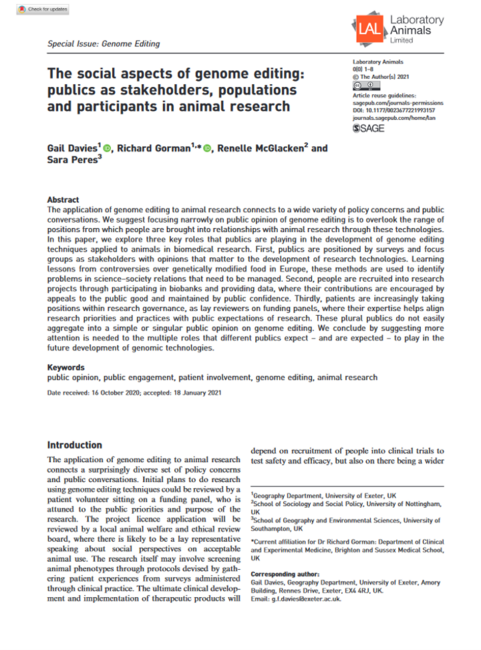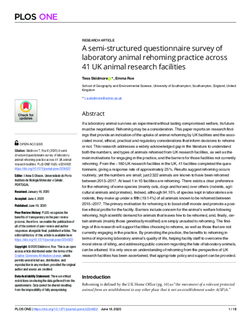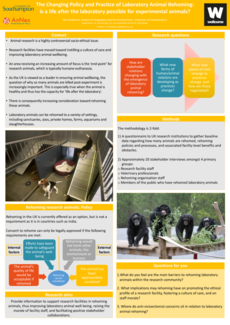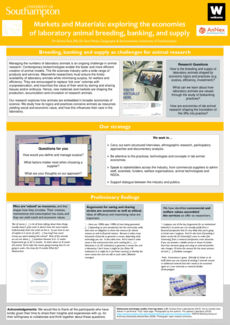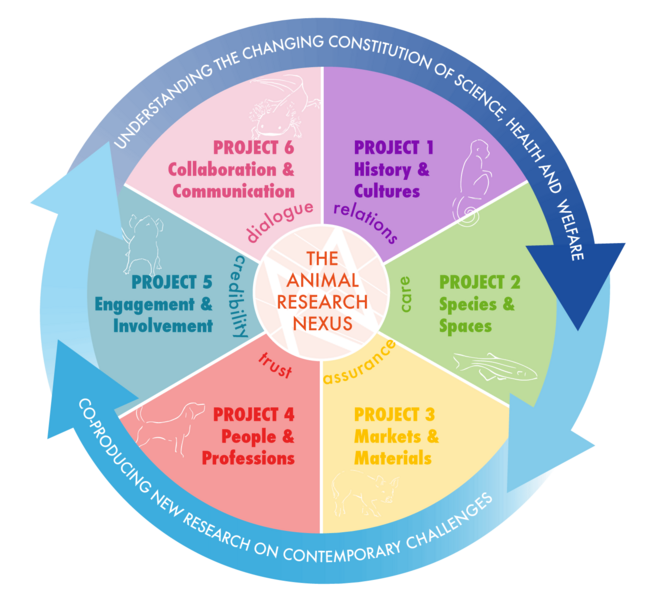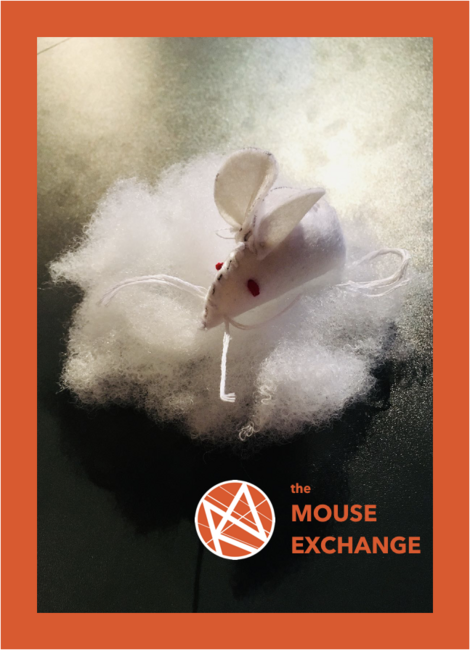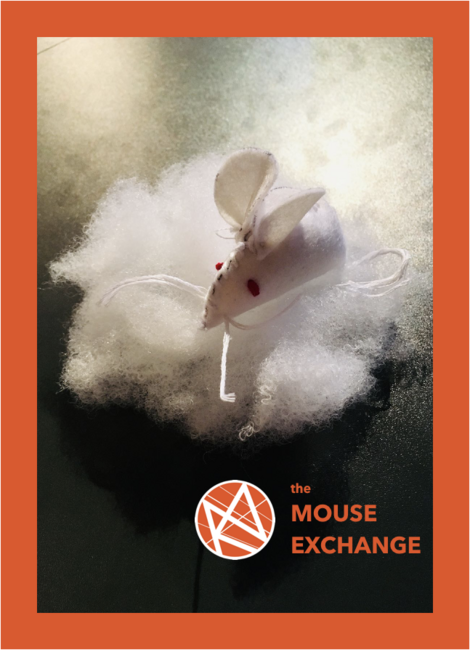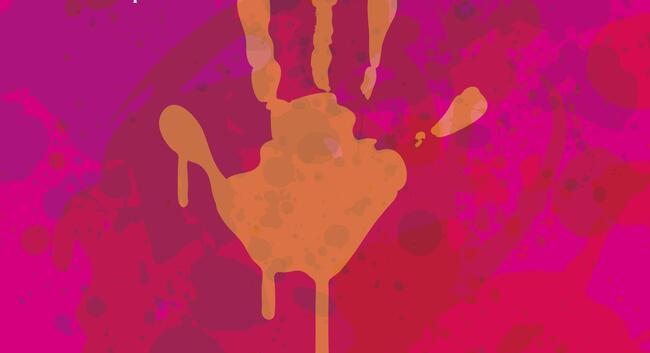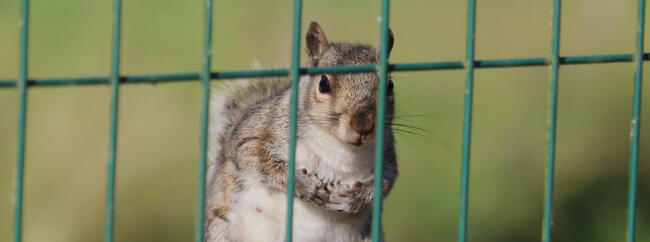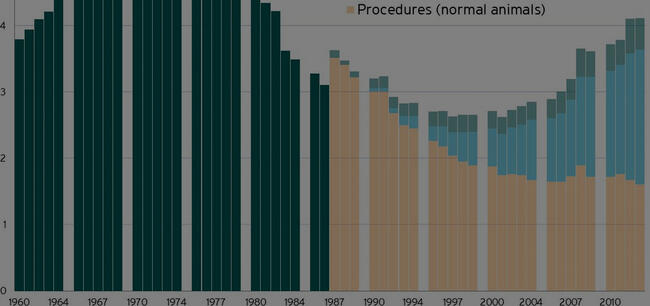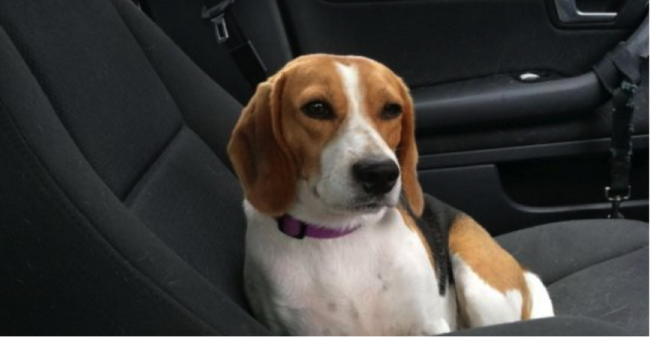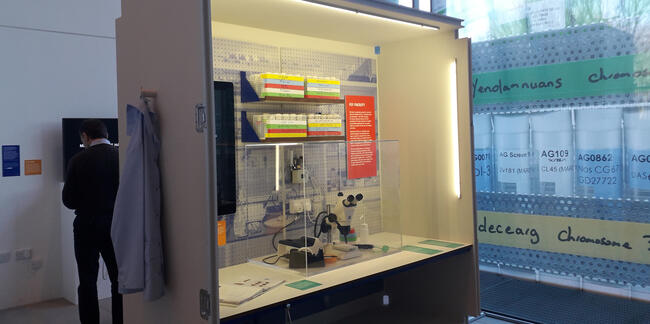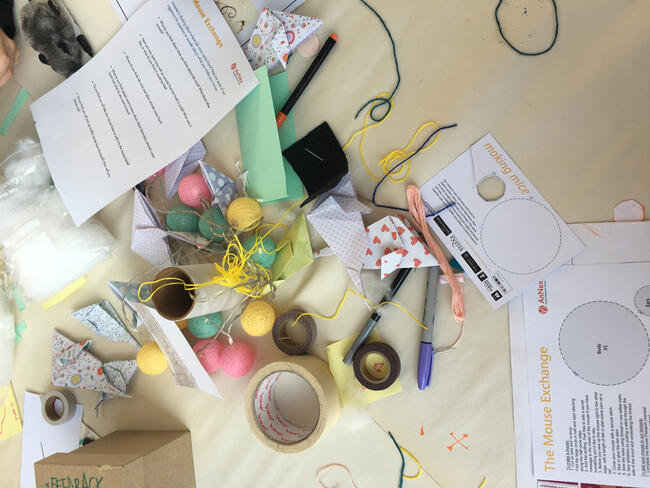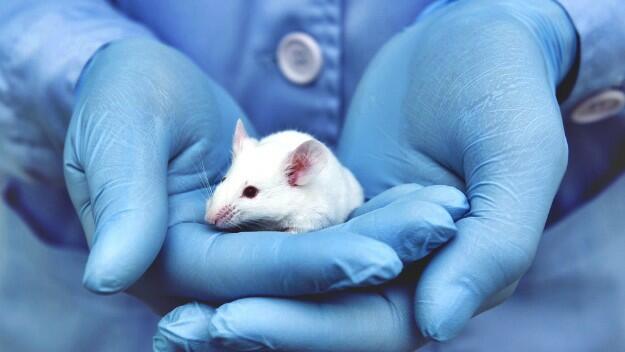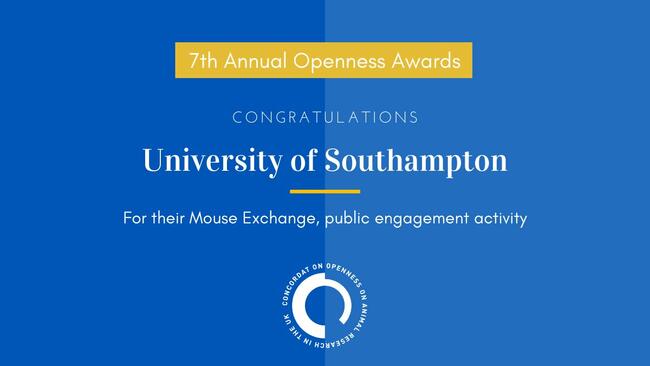Markets & Materials
Exploring the changing networks formed around the origins and fates of laboratory animals via in-depth interviews and ethnography.

There is increasing emphasis on the whole life of experimental animals, from new guidelines from funders and regulators on animal breeding and supply, to the encouragement of strain archiving and tissue sharing through biobanks, and to the rehoming of animals used in regulated procedures. At the same time, breeding has been a visible target for past anti-vivisectionist activity, with multiple attempts to disrupt and reduce the supply of experimental animals to the UK. This has not straightforwardly improved the life experiences of animals used in UK research, nor reduced numbers, instead often increasing imports of animals and overseas research. Altogether, these changes raise questions about the implications of these increasingly complex networks for efforts to protect animal welfare and for future scientific research.
This project therefore approaches the animal research nexus by exploring the changing networks formed around the origins and fates of laboratory animals through in-depth interviews and ethnographic methods. We seek to map these evolving networks of animal breeding, supply, and rehoming and understand them within the cultural economies of doing different types of scientific research using animals. We will address questions about value, quality, assurance and welfare within animal supply chain practices.
This project is carried out by the team at the University of Southampton. If you have questions or suggestions, please feel free to contact the Project Lead, Dr Emma Roe, or to direct specific questions about breeding, biobanking and supply to Dr Sara Peres or rehoming to Miss Tess Skidmore.
Relevant, tagged site content:
Engagement Activities
The Mouse Exchange is a public engagement activity where we invite small groups of members of the public to “
Publications
This paper explores what happens to care, and decisions about ending and extending life, when research animals become pets and pets become research animals. To do this, we draw on in- depth qualitative research on (i) rehoming of laboratory animals, (ii) veterinary clinical research, and (iii) the role of the Named Veterinary Surgeon (NVS) in UK animal research. Key contributions of our work include highlighting: how care roles can be split; the impor- tance of considering speculative and in-practice elements of care; the context-dependency and multiplicity of practices of killing in the veterinary clinic and laboratory; and the flexibility and changing nature of animal categories.
The Mouse Exchange (Mx) is a curiosity-driven activity that explores the origins of laboratory mice through crafting and conversations. It forms part of the Public Engagement programme of the Animal Research Nexus.
This thesis, written by Tess Skidmore, explores the rehoming of laboratory animals. Drawing on qualitative interviews and a semi-structured questionnaire, the thesis investigates the sociocultural and political importance of the growing attention toward rehoming.
Laboratory animal science represents a challenging and controversial form of human-animal relations because its practice involves the deliberate and inadvertent harming and killing of animals. We propose that different notions of care are enacted alongside, not only permitted levels of harm inflicted on research animals following research protocols, but also harms to ATs in the processes of caring and killing animals.
The application of genome editing to animal research connects to a wide variety of policy concerns and public conversations. In this paper, we explore three key roles that publics are playing in the development of genome editing techniques applied to animals in biomedical research: as publics, as populations, and as participants.
Despite its increasing attention from animal welfare organisations, there is currently a lack of research which explores the numbers and species rehomed after being used in animal research. This paper, using a semi-structured questionnaire, explores rehoming practice across UK animal research facilities in order to provide an overall picture of current rehoming practice.
This poster introduces investigations into the implications of laboratory animal rehoming on stakeholders, ethical and regulatory issues, and the relations people have with animals both inside and outside of the laboratory space.
This poster discusses the management of animal numbers in our research examining the breeding, supply, and biobanking of lab animals within the economies of biomedical science.
Events
The Animal Research Nexus Programme is hosting a conference entitled Researching Animal Research.
Where do lab mice come from? Where do they end up? Joins us for crafting felt mice to exchange or take home. You can also explore the history, practices, and ideas of care involved in making laboratory mice.
Where do lab mice come from? Where do they end up? Joins us for crafting felt mice to exchange or take home. You can also explore the history, practices, and ideas of care involved in making laboratory mice.
Join researchers from the University of Southampton for a family day suitable for all ages.
Blog entry
In part 1 of this blog series, we introduced the idea of a ‘spectrum of visibility’ in animal research, with
The Covid-19 pandemic has brought everyone’s attention to the simple practice of hand-washing - when to do it, and how to do it well.
Novel and innovative approaches for achieving good animal welfare are increasingly considered.
I visited the Craft and Graft exhibition at the Crick Institute before it closure in early February 2020.
There is no qualitative research into public understanding of the origins of research animals, which is a particular area of interest for the Markets and Materials strand.
Understanding and examining the significance of the laboratory space physically, practically, emotionally and metaphorically, is opening up new lines of social scientific enquiry regarding the relations between health, science and welfare
Our approach to research emphasises cross-project collaborations and transdisciplinary thinking. But what does this mean, in practical terms, for the work that we do and for our participants?
Announcements
We are so delighted to announce that the Mouse Exchange has been recognised for its public engagement work by winning the 7th Annual Openness Awards, awarded by the Concorda
Project partners
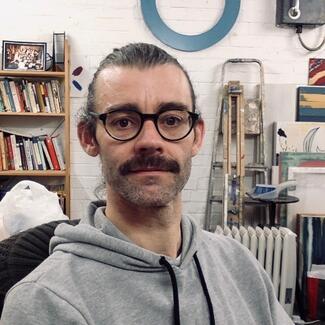
Paul is an interdisciplinary researcher and artist, with an interest in nonhuman animals, performance and public engagement.

The Medical Research Council’s Mary Lyon Centre (MLC) is located on the Harwell Campus, Oxfordshire.
